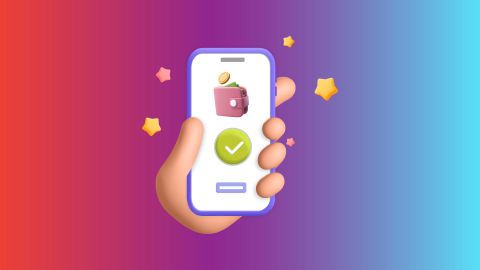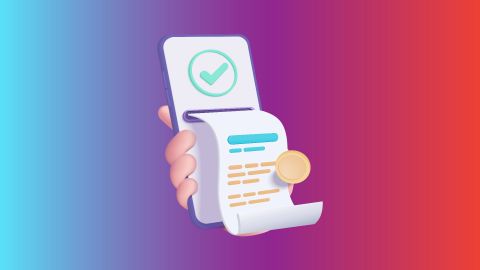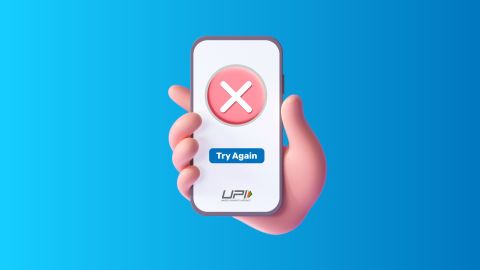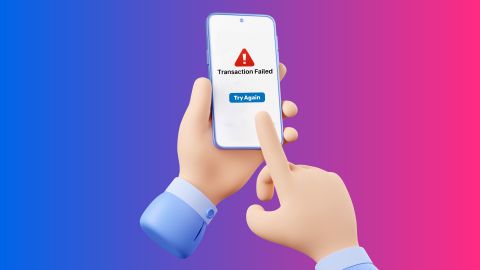Bajaj Finserv simplifies digital transactions by offering seamless UPI services, including Virtual Payment Address (VPA) creation and management. With the Bajaj Finserv app, users can generate and link multiple VPAs to their bank accounts, ensuring secure and convenient transactions without sharing sensitive banking details. The platform supports instant fund transfers, bill payments, and merchant transactions, making it an efficient choice for UPI-based payments.
What is a virtual payment address (VPA) in UPI?
VPA in UPI are linked directly to a user’s bank account, allowing them to send and receive funds instantly. Users can create multiple VPAs under the same bank account for different purposes, such as personal and business transactions.The flexibility and security provided by VPAs have made them a popular choice for digital payments in India.
How do transactions happen under VPA?
Transactions using a Virtual Payment Address (VPA) occur through the UPI framework, ensuring a seamless and secure process. Here is how a transaction takes place:Initiation – The sender enters the recipient’s VPA in their UPI app.
Verification – The system validates the VPA and retrieves the associated bank details.
Transaction request – The sender inputs the transaction amount and authenticates it using a UPI PIN.
Processing – The transaction request is processed by the bank and NPCI (National Payments Corporation of India).
Completion – The amount is instantly transferred to the recipient’s account, and both parties receive confirmation notifications.
Unlike traditional banking methods, VPA transactions do not require bank account numbers or IFSC codes, reducing the risk of errors and fraud.
Additionally, UPI transactions operate 24/7, including weekends and holidays, making them a preferred digital payment method.
Steps to retrieve your VPA in case you forget it
If you forget your Virtual Payment Address (VPA), follow these steps to retrieve it:Check the UPI app – Open your UPI app and navigate to ‘Profile’ or ‘Settings’ to view your VPA.
Bank statement – Some bank statements mention the linked UPI ID/VPA.
Contact customer support – Reach out to your bank or UPI service provider for assistance.
Re-create a VPA – If retrieval fails, you can create a new VPA and link it to your bank account.
Check SMS notifications – Previous UPI transaction confirmations often contain your VPA details.
Difference between VPA and UPI ID
| Aspect | Virtual Payment Address (VPA) | UPI ID |
| Definition | A unique identifier used for UPI transactions | A broader term that includes VPA but may also include phone-based UPI IDs. |
| Format | username@bankname | Phone number-based UPI ID like 9876543210@upi |
| Creation | Manually created by the user | Assigned automatically or manually created |
| Use case | Primary identifier for sending and receiving payments | Can be used interchangeably with VPA but may include alternative formats |
| Security | No need to share bank details | Functions similarly but may be linked to a phone number |
Conclusion
A Virtual Payment Address (VPA) simplifies UPI transactions by providing a unique, easy-to-remember identifier without exposing sensitive bank details. Users can send and receive payments instantly, making digital transactions efficient and secure. Furthermore, Bajaj Finserv provides a user-friendly interface to retrieve forgotten VPAs and manage UPI IDs effortlessly.By leveraging Bajaj Finserv’s UPI services, users can enhance their digital payment experience with reliability and security. Understanding how transactions work under VPA, retrieving it if forgotten, and distinguishing it from a UPI ID can enhance the user experience. As UPI adoption grows, VPAs remain a crucial component of seamless digital payments.




